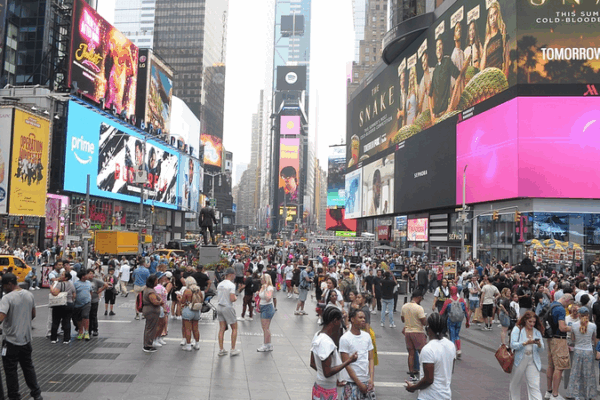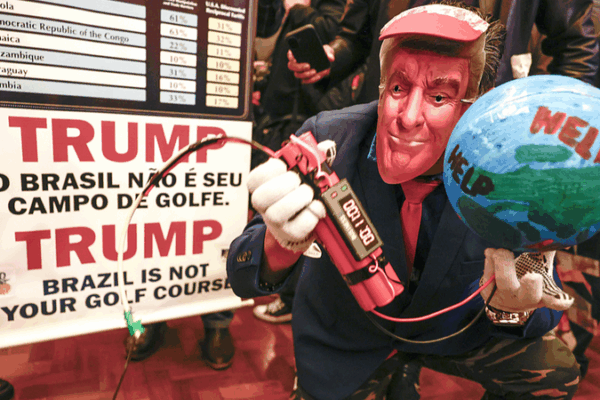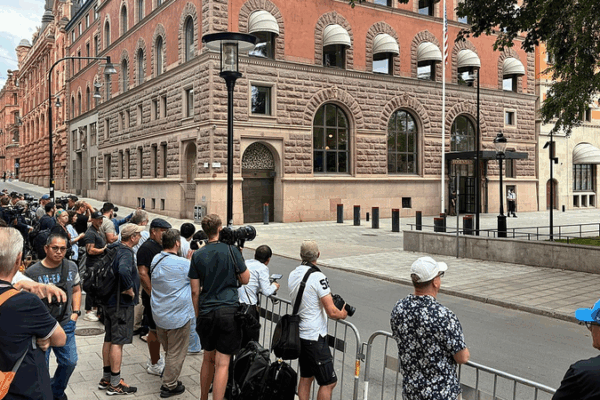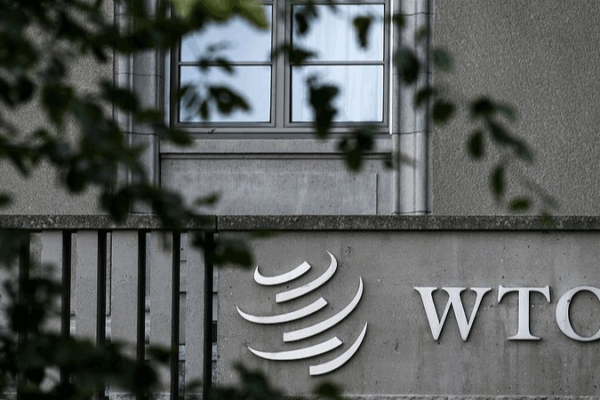
Global South at a Crossroads: Surviving Trump’s Steep Tariffs
As the U.S. ramps up steep tariffs—from 50% in Brazil to 19% in Pakistan—Global South economies brace for currency shocks, debt risks and explore new trade paths.
My Global News: Voices of a New Era
🌍 Stay Ahead, Stay Global 🚀

As the U.S. ramps up steep tariffs—from 50% in Brazil to 19% in Pakistan—Global South economies brace for currency shocks, debt risks and explore new trade paths.

Revised U.S. tariffs could trim 0.36% off GDP—about $108B—outpacing hits to the Chinese mainland, EU or Japan. Explore modeling and forecasts.
President Trump’s executive order introduces 10-41% tariffs on major U.S. partners starting August 7, reshaping global trade. Deals with the Chinese mainland and Mexico are pending.

Sweeping tariffs, tough immigration rhetoric, and strict visa rules are cited as key drivers behind a decline in U.S. international arrivals.

Brazil and India push back against looming U.S. tariffs, vowing to defend their economies and explore new markets in response to Washington’s pressure.

Two major economies have taken opposite approaches: the Chinese mainland’s tariff cuts for African exports vs. U.S. trade controls on low-income partners. What does this mean for global growth and poverty reduction?

China eyes a new wave of high-level opening-up at the 20th CPC plenary, shifting from tariffs to institutional alignment and strategic reforms.

US and China extend a 90-day trade truce, laying groundwork for a summit this fall. But technical hurdles—from tariffs to tech restrictions—mean tougher talks ahead.

At the WTO General Council in Geneva, the Chinese delegation urged members to oppose unilateral tariffs, protect multilateral trade, and embrace a Stability-Development-Reform framework.

EU firms and experts warn that unpredictable US tariffs are choking global investment and call for a ‘Business First’ strategy to boost growth and stability.